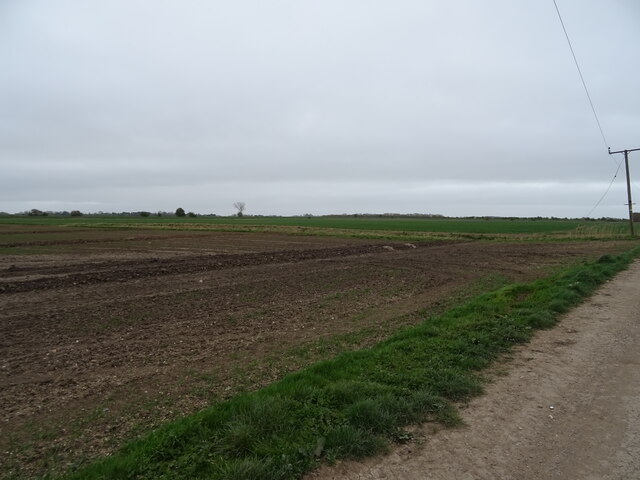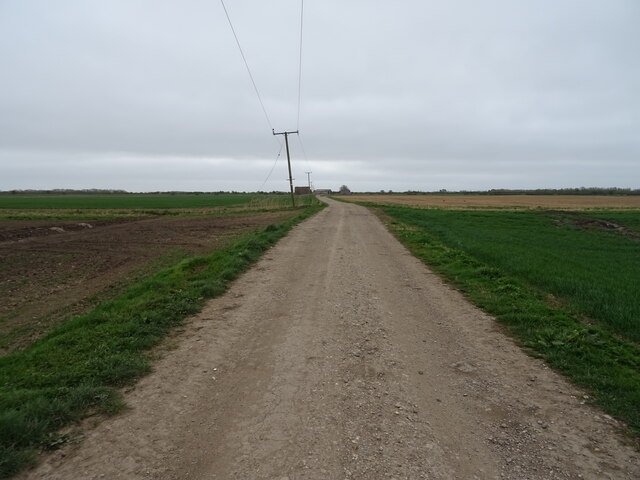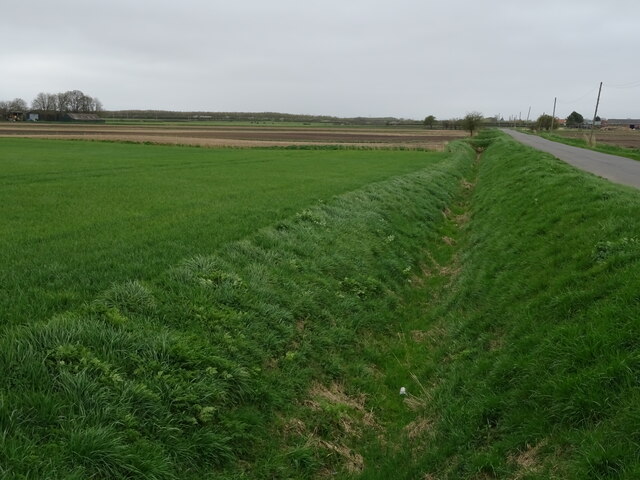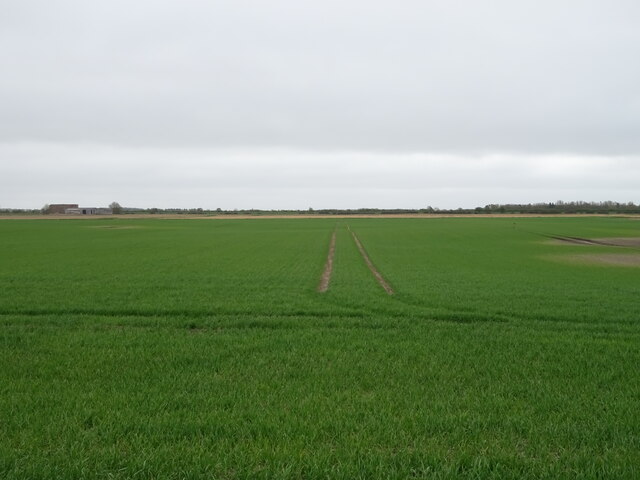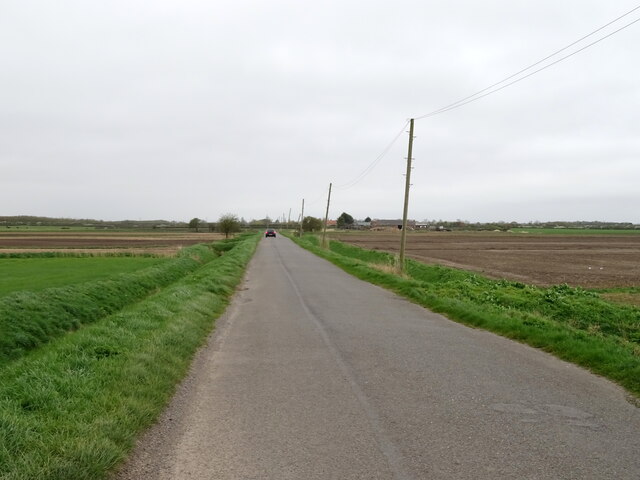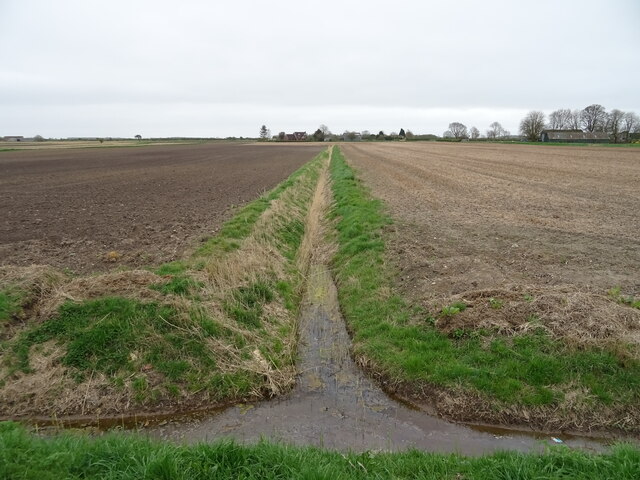Digby Fen
Downs, Moorland in Lincolnshire North Kesteven
England
Digby Fen

Digby Fen is a charming village located in the county of Lincolnshire, England. Situated amidst picturesque landscapes, it enjoys a tranquil setting with its unique combination of downs and moorland. The village is nestled within the district of North Kesteven, near the town of Lincoln.
The area boasts breathtaking natural beauty, characterized by rolling hills, expansive meadows, and fertile fenland. Digby Fen is renowned for its diverse flora and fauna, providing a haven for nature enthusiasts and birdwatchers alike. The moorland areas are home to various species of birds, including skylarks, lapwings, and curlews.
Apart from its natural splendor, Digby Fen has a rich history dating back to the medieval era. The village is dotted with historical landmarks, such as St. Thomas' Church, a beautiful Grade II listed building with its distinctive architecture and stained glass windows. The church serves as a testament to the village's heritage and provides a glimpse into its past.
Digby Fen offers a peaceful and close-knit community, with a range of amenities to cater to its residents. The village has a primary school, a village hall, and a local pub, providing a hub for social gatherings and community events.
For those seeking outdoor activities, Digby Fen offers ample opportunities for walking, cycling, and exploring the surrounding countryside. The nearby Lincolnshire Wolds, an Area of Outstanding Natural Beauty, provides stunning vistas and scenic trails.
Overall, Digby Fen, Lincolnshire is a hidden gem that captivates visitors with its natural landscapes, rich history, and warm community spirit.
If you have any feedback on the listing, please let us know in the comments section below.
Digby Fen Images
Images are sourced within 2km of 53.076157/-0.32383756 or Grid Reference TF1254. Thanks to Geograph Open Source API. All images are credited.
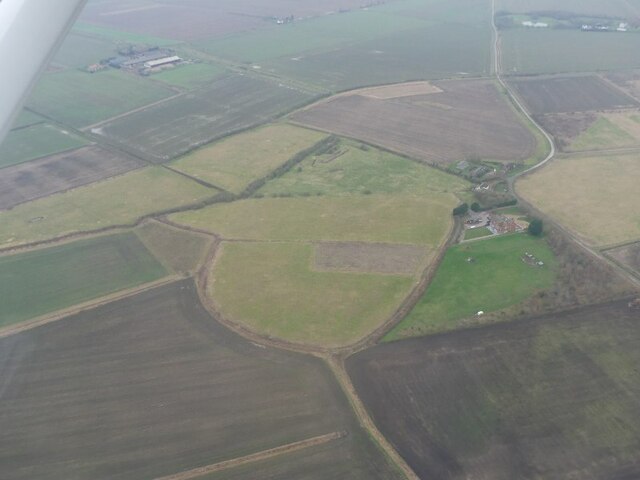


Digby Fen is located at Grid Ref: TF1254 (Lat: 53.076157, Lng: -0.32383756)
Administrative County: Lincolnshire
District: North Kesteven
Police Authority: Lincolnshire
What 3 Words
///tulip.legroom.slam. Near Billinghay, Lincolnshire
Nearby Locations
Related Wikis
Catley Priory
Catley Priory was a monastic house in Walcott, Lincolnshire, England. The Gilbertine priory of Saint Mary, Catley, was founded as a double house for...
Walcott, Lincolnshire
Walcott is a small village and civil parish in the North Kesteven district of Lincolnshire, England. The population of the civil parish at the 2011 census...
Thorpe Tilney
Thorpe Tilney is a hamlet in the civil parish of Timberland, in the North Kesteven district, in the county of Lincolnshire, England. The hamlet is located...
Billinghay
Billinghay is a village and civil parish in the North Kesteven district of Lincolnshire, England. The village is situated approximately 7 miles (11 km...
Nearby Amenities
Located within 500m of 53.076157,-0.32383756Have you been to Digby Fen?
Leave your review of Digby Fen below (or comments, questions and feedback).








